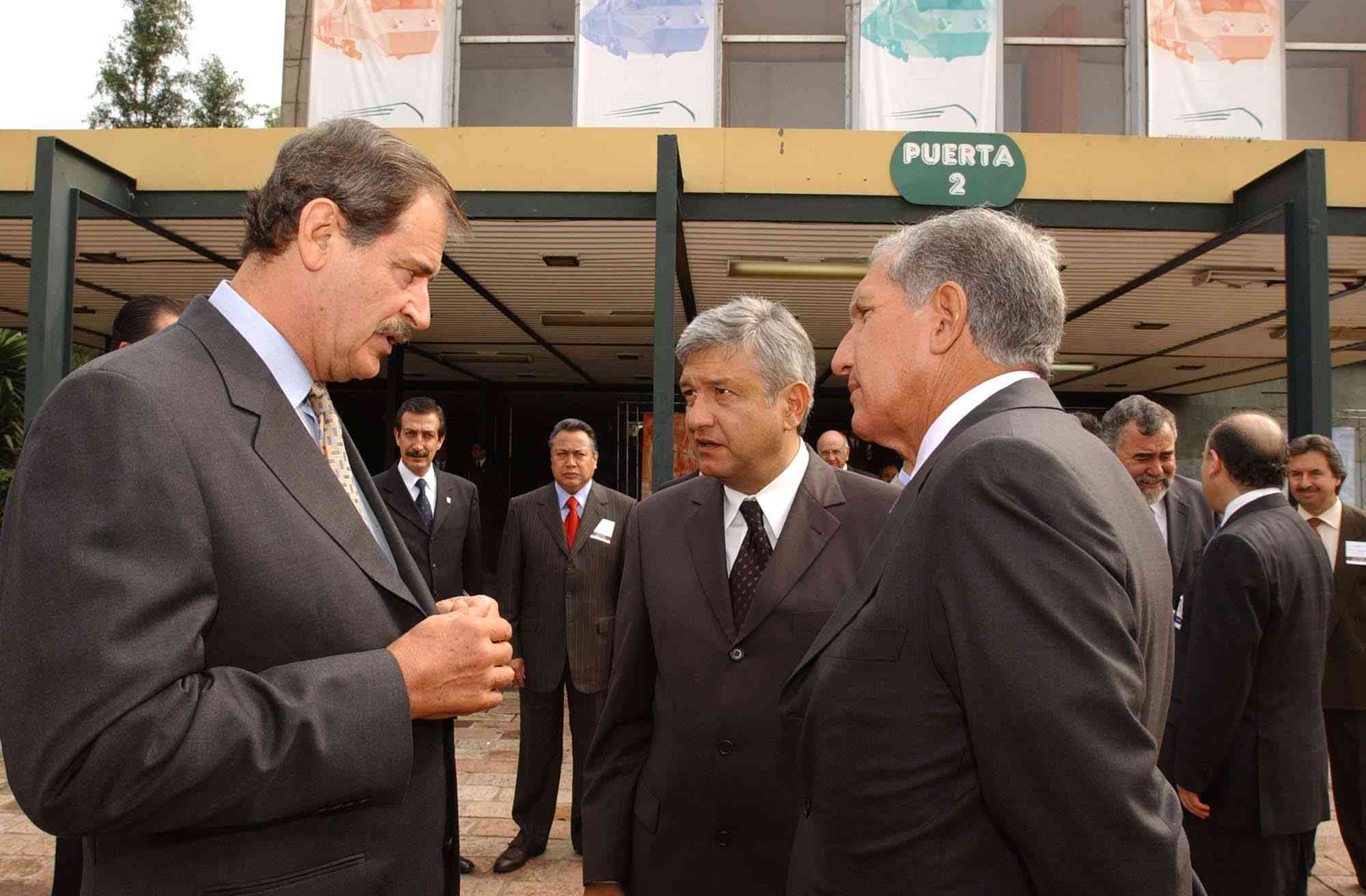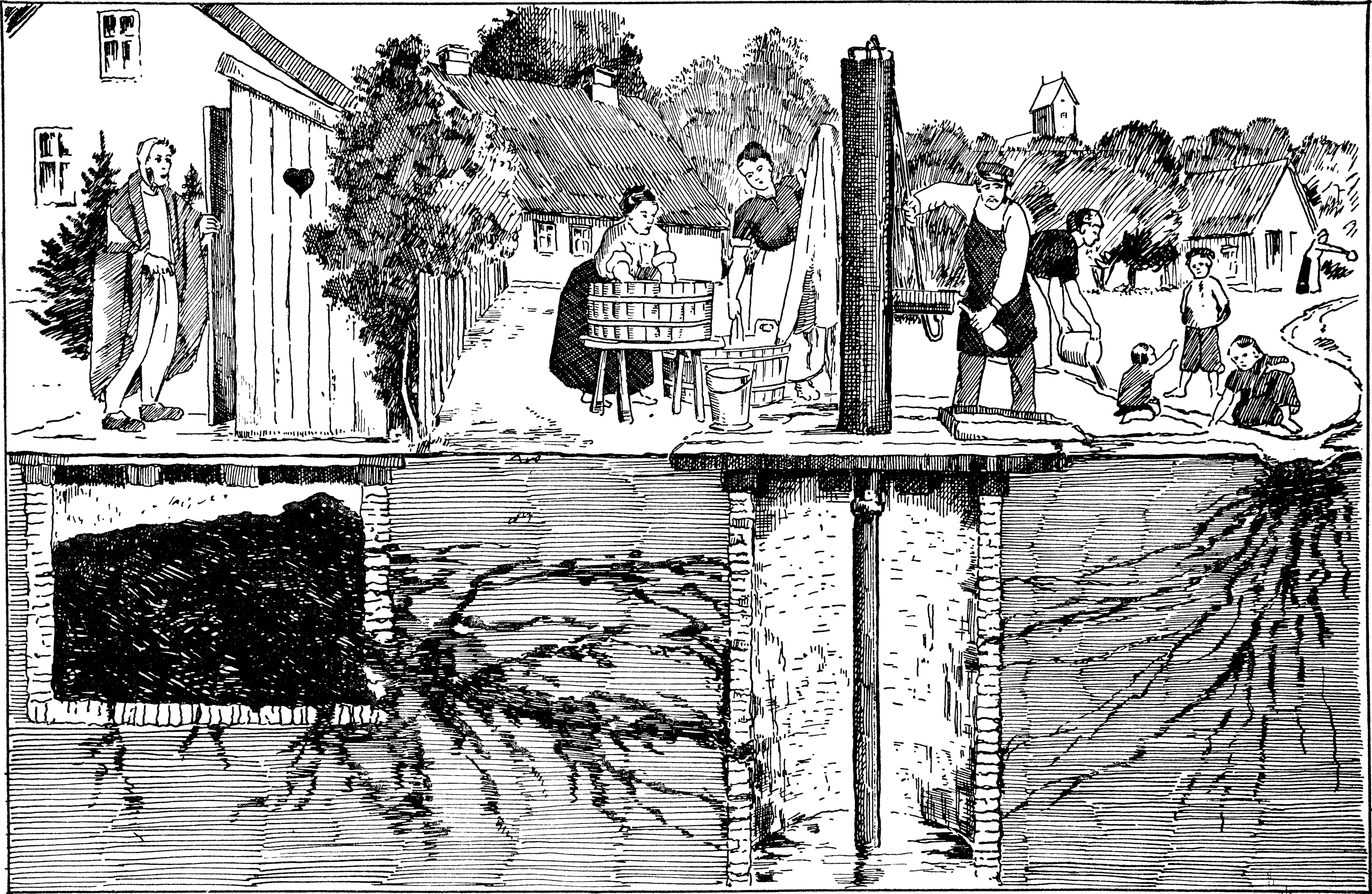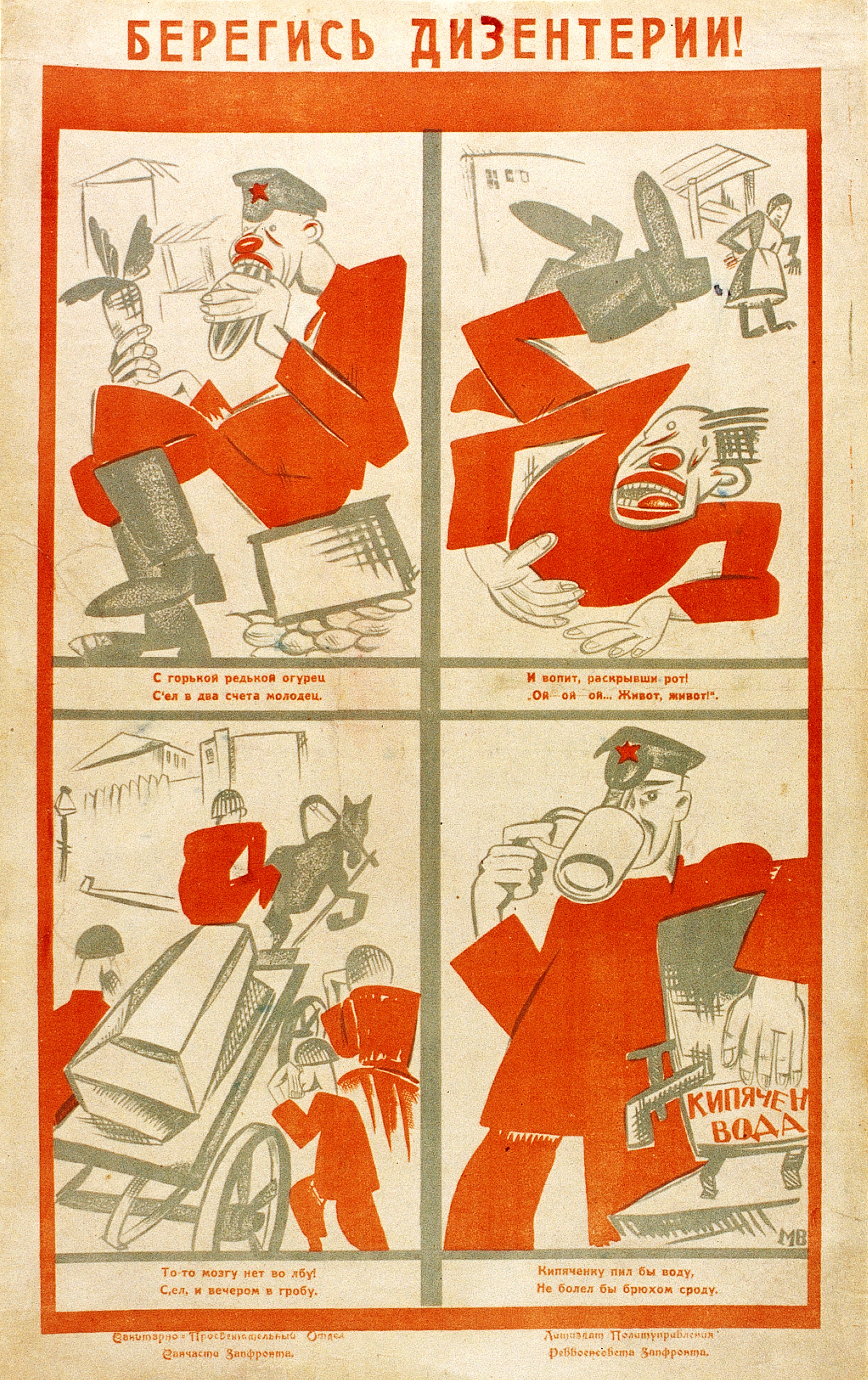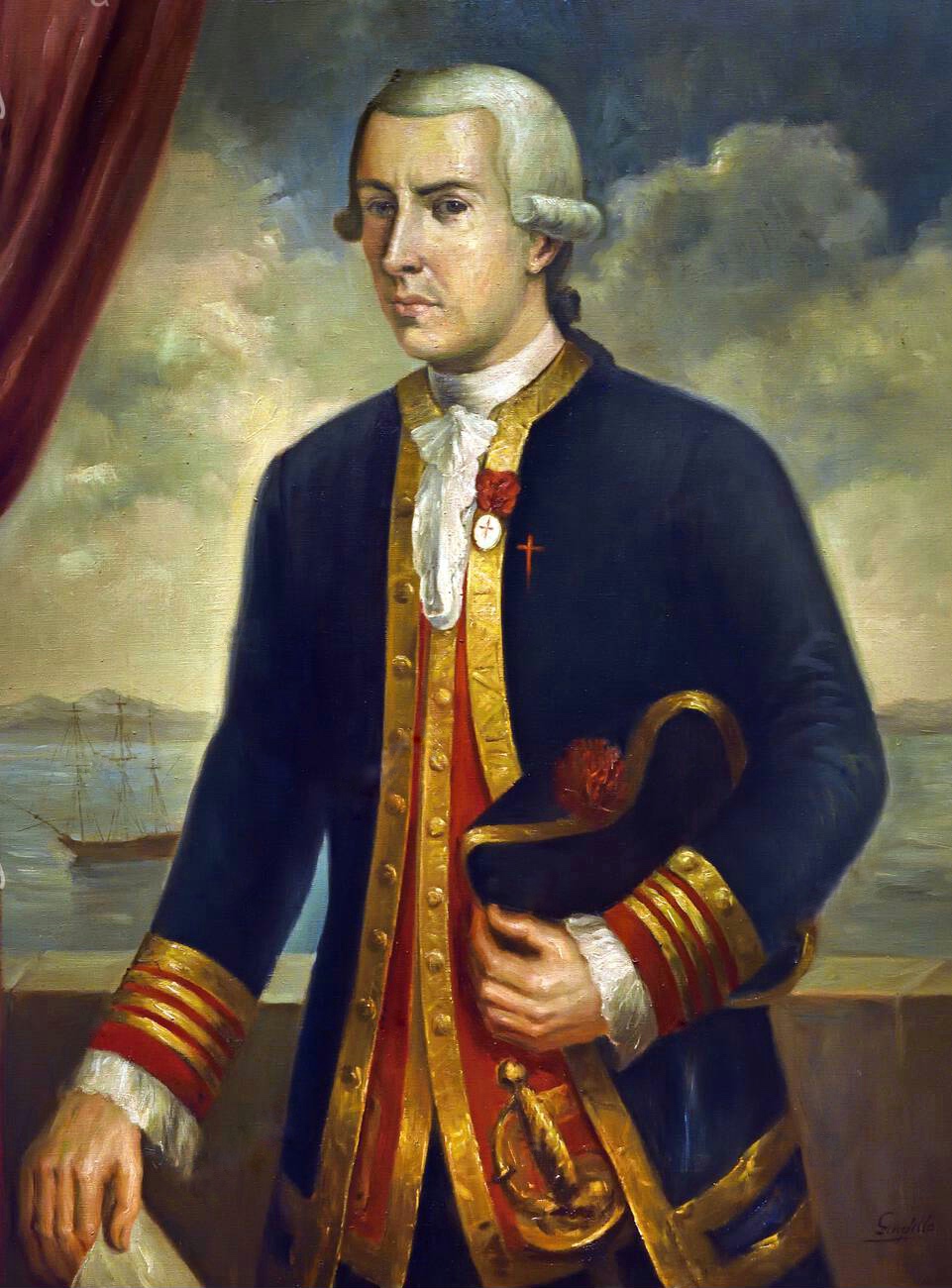|
San Blas, Nayarit
San Blas is both a municipality and municipal seat located on the Pacific coast of Mexico in Nayarit. City San Blas is a port and popular tourist destination, located about north of Puerto Vallarta, and west of the state capital Tepic, and three hours drive from Guadalajara. The town has a population of 8,707. Municipality The municipality had a population of 37,478 in 2005. The Islas Marías, the site of the former Islas Marías Federal Prison, are part of the municipality. President Andrés Manuel López Obrador announced in 2021 that the former prison would be rehabilitated as the environmental and cultural education center "Muros de Agua- José Revueltas" in honor of the writer who was imprisoned there. History In 1768, the Bourbon Visitador José de Gálvez decided to found the port of San Blas as a jumping off point for military expeditions to Sinaloa, Sonora, Baja California and Alta California. The military nature of San Blas distinguished it from the commercial por ... [...More Info...] [...Related Items...] OR: [Wikipedia] [Google] [Baidu] |
Municipalities Of Mexico
Municipalities ('' municipios'' in Spanish) are the second-level administrative divisions of Mexico, where the first-level administrative division is the ''state'' (Spanish: estado). They should not be confused with cities or towns that may share the same name as they are distinct entities and do not share geographical boundaries. As of January 2021, there are 2,454 municipalities in Mexico, excluding the 16 boroughs of Mexico City. Since the 2015 Intercensal Survey, two municipalities have been created in Campeche, three in Chiapas, three in Morelos, one in Quintana Roo and one in Baja California. The internal political organization and their responsibilities are outlined in the 115th article of the 1917 Constitution and detailed in the constitutions of the states to which they belong. are distinct from , a form of Mexican locality, and are divided into '' colonias'' (neighborhoods); some municipalities can be as large as full states, while cities can be measured in b ... [...More Info...] [...Related Items...] OR: [Wikipedia] [Google] [Baidu] |
Andrés Manuel López Obrador
Andrés Manuel López Obrador (; born 13 November 1953), also known by his initials AMLO, is a Mexican politician who has been serving as the 65th president of Mexico since 1 December 2018. He previously served as Head of Government of Mexico City from 2000 to 2005. Born in Tepetitán, in the municipality of Macuspana, in the south-eastern state of Tabasco, López Obrador earned a degree in political science from the National Autonomous University of Mexico following a hiatus from his studies to participate in politics. He began his political career in 1976 as a member of the Institutional Revolutionary Party (PRI). His first public position was as director of the Indigenous Institute of Tabasco, where he promoted the addition of books in indigenous languages and the project of the Chontal ridge. In 1989, he joined the Party of the Democratic Revolution (PRD), becoming the party's 1994 candidate for Governor of Tabasco, and national leader between 1996 and 1999. In 2 ... [...More Info...] [...Related Items...] OR: [Wikipedia] [Google] [Baidu] |
Alessandro Malaspina
Alejandro Malaspina (November 5, 1754 – April 9, 1810) was a Tuscan explorer who spent most of his life as a Spanish naval officer. Under a Spanish royal commission, he undertook a voyage around the world from 1786 to 1788, then, from 1789 to 1794, a scientific expedition (the Malaspina Expedition) throughout the Pacific Ocean, exploring and mapping much of the west coast of the Americas from Cape Horn to the Gulf of Alaska, crossing to Guam and the Philippines, and stopping in New Zealand, Australia, and Tonga. Malaspina was christened "Alessandro." He signed his letters in Spanish "Alexandro," which is usually modernized to "Alejandro" by scholars. Early life Malaspina was born in Mulazzo, a small principality ruled by his family, then part of the Grand Duchy of Tuscany, a fiefdom of the Holy Roman Empire. Alessandro's parents were the Marquis Carlo Morello and Caterina Meli Lupi di Soragna. From 1762 to 1765, his family lived in Palermo with Alessandro's great- ... [...More Info...] [...Related Items...] OR: [Wikipedia] [Google] [Baidu] |
Malaria
Malaria is a mosquito-borne infectious disease that affects humans and other animals. Malaria causes symptoms that typically include fever, tiredness, vomiting, and headaches. In severe cases, it can cause jaundice, seizures, coma, or death. Symptoms usually begin ten to fifteen days after being bitten by an infected mosquito. If not properly treated, people may have recurrences of the disease months later. In those who have recently survived an infection, reinfection usually causes milder symptoms. This partial resistance disappears over months to years if the person has no continuing exposure to malaria. Malaria is caused by single-celled microorganisms of the '' Plasmodium'' group. It is spread exclusively through bites of infected '' Anopheles'' mosquitoes. The mosquito bite introduces the parasites from the mosquito's saliva into a person's blood. The parasites travel to the liver where they mature and reproduce. Five species of ''Plasmodium'' can infect and be spr ... [...More Info...] [...Related Items...] OR: [Wikipedia] [Google] [Baidu] |
Typhoid Fever
Typhoid fever, also known as typhoid, is a disease caused by '' Salmonella'' serotype Typhi bacteria. Symptoms vary from mild to severe, and usually begin six to 30 days after exposure. Often there is a gradual onset of a high fever over several days. This is commonly accompanied by weakness, abdominal pain, constipation, headaches, and mild vomiting. Some people develop a skin rash with rose colored spots. In severe cases, people may experience confusion. Without treatment, symptoms may last weeks or months. Diarrhea may be severe, but is uncommon. Other people may carry the bacterium without being affected, but they are still able to spread the disease. Typhoid fever is a type of enteric fever, along with paratyphoid fever. ''S. enterica'' Typhi is believed to infect and replicate only within humans. Typhoid is caused by the bacterium ''Salmonella enterica'' subsp. ''enterica'' serovar Typhi growing in the intestines, peyers patches, mesenteric lymph nodes, spleen, ... [...More Info...] [...Related Items...] OR: [Wikipedia] [Google] [Baidu] |
Dysentery
Dysentery (UK pronunciation: , US: ), historically known as the bloody flux, is a type of gastroenteritis that results in bloody diarrhea. Other symptoms may include fever, abdominal pain, and a feeling of incomplete defecation. Complications may include dehydration. The cause of dysentery is usually the bacteria from genus '' Shigella'', in which case it is known as shigellosis, or the amoeba '' Entamoeba histolytica''; then it is called amoebiasis. Other causes may include certain chemicals, other bacteria, other protozoa, or parasitic worms. It may spread between people. Risk factors include contamination of food and water with feces due to poor sanitation. The underlying mechanism involves inflammation of the intestine, especially of the colon. Efforts to prevent dysentery include hand washing and food safety measures while traveling in areas of high risk. While the condition generally resolves on its own within a week, drinking sufficient fluids such as oral ... [...More Info...] [...Related Items...] OR: [Wikipedia] [Google] [Baidu] |
Mangrove
A mangrove is a shrub or tree that grows in coastal saline or brackish water. The term is also used for tropical coastal vegetation consisting of such species. Mangroves are taxonomically diverse, as a result of convergent evolution in several plant families. They occur worldwide in the tropics and subtropics and even some temperate coastal areas, mainly between latitudes 30° N and 30° S, with the greatest mangrove area within 5° of the equator. Mangrove plant families first appeared during the Late Cretaceous to Paleocene epochs, and became widely distributed in part due to the movement of tectonic plates. The oldest known fossils of mangrove palm date to 75 million years ago. Mangroves are salt-tolerant trees, also called halophytes, and are adapted to live in harsh coastal conditions. They contain a complex salt filtration system and a complex root system to cope with saltwater immersion and wave action. They are adapted to the low-oxygen conditions of w ... [...More Info...] [...Related Items...] OR: [Wikipedia] [Google] [Baidu] |
Río Grande De Santiago
The Río Grande de Santiago, or Santiago River, is a river in western Mexico. It flows westwards from Lake Chapala via Ocotlán through the states of Jalisco and Nayarit to empty into the Pacific Ocean. It one of the longest rivers in Mexico, measuring up long. Geography The river begins at Lake Chapala via Ocotlán and continues roughly north-west through the Sierra Madre Occidental, receiving the Verde, Juchipila, Bolaños, Huaynamota, Mololoa, and other tributaries. The Río Grande de Santiago descends over 1700 meters between Lake Chapala and the sea. Downstream from Lake Chapala the river and its major tributaries have carved deep narrow canyons, or barrancas, which can be 600 meters lower than the surrounding plateau. The lower elevation and year-round moisture in the canyon bottoms sustain forests, which include many coastal tropical species not found on the plateaus. The Barranca de Oblatos or Barranca de Huentitán is a protected area popular with residents of ... [...More Info...] [...Related Items...] OR: [Wikipedia] [Google] [Baidu] |
Juan Francisco De La Bodega Y Quadra
Juan Francisco de la Bodega y Quadra (22 May 1743 – 26 March 1794) was a Spanish Criollo naval officer operating in the Americas. Assigned to the Pacific coast Spanish Naval Department base at San Blas, in Viceroyalty of New Spain (present day Mexico), he explored the Northwest Coast of North America as far north as present day Alaska. Bodega Bay in California is named for him. Juan Francisco de la Bodega y Quadra joined the Spanish Naval Academy in Cádiz at 19, and four years later, in 1767 was commissioned as an officer of the rank Frigate Ensign (''alférez de fragata''). In 1773 he was promoted to Ship Ensign (''alférez de navío''), and in 1774 to Ship Lieutenant (''teniente de navío''). Parentage Bodega y Quadra was born in Lima, Peru, to Tomás de la Bodega y de las Llanas of Biscay, Spain and Francisca de Mollinedo y Losada of Lima, Peru (her parents were from Bilbao in Spain). His family was of Basque origin. He studied at the National University of San Marcos ... [...More Info...] [...Related Items...] OR: [Wikipedia] [Google] [Baidu] |
Schooner
A schooner () is a type of sailing vessel defined by its rig: fore-and-aft rigged on all of two or more masts and, in the case of a two-masted schooner, the foremast generally being shorter than the mainmast. A common variant, the topsail schooner also has a square topsail on the foremast, to which may be added a topgallant. Differing definitions leave uncertain whether the addition of a fore course would make such a vessel a brigantine. Many schooners are gaff-rigged, but other examples include Bermuda rig and the staysail schooner. The origins of schooner rigged vessels is obscure, but there is good evidence of them from the early 17th century in paintings by Dutch marine artists. The name "schooner" first appeared in eastern North America in the early 1700s. The name may be related to a Scots word meaning to skip over water, or to skip stones. The schooner rig was used in vessels with a wide range of purposes. On a fast hull, good ability to windward was useful for pri ... [...More Info...] [...Related Items...] OR: [Wikipedia] [Google] [Baidu] |
Juan José Pérez Hernández
Juan José Pérez Hernández (born Joan Perés c. 1725 – November 3, 1775), often simply Juan Pérez, was an 18th-century Spanish explorer. He was the first known European to sight, examine, name, and record the islands near present-day British Columbia, Canada. Born in Palma de Mallorca, Spain, he first served as a ''piloto'' in western Spanish colonial North America on Manila galleons en route to and from the Philippines in the Spanish East Indies. In 1768, he was assigned to the Pacific port of San Blas, in the Viceroyalty of New Spain (present day Mexico), and acquired the rank of ensign (''alférez''). 1774 expedition Confident of their territorial claims, the Spanish Empire did not explore or settle the northwest coast of North America in the 250 years after being claimed for the crown by Vasco Núñez de Balboa. By the late 18th century; however, learning of Russian and British arrivals along the Pacific Northwest and Alaskan coasts, Spain finally grew sufficien ... [...More Info...] [...Related Items...] OR: [Wikipedia] [Google] [Baidu] |
San Carlos (1768 Ship)
During the Age of Exploration, the Spanish Empire undertook several expeditions to the Pacific Northwest of North America. Spanish claims to the region date to the papal bull of 1493, and the Treaty of Tordesillas signed in 1494. In 1513, this claim was reinforced by Spanish explorer Vasco Núñez de Balboa, the first European to sight the Pacific Ocean, when he claimed all lands adjoining this ocean for the Spanish Crown. Spain only started to colonize the claimed territory north of present-day Mexico in the 18th century, when it settled the northern coast of Las Californias. Starting in the mid-18th century, Spain's claims in the Pacific Northwest began to be contested by the British and Russians, who established fur trading posts and other settlements in the region. King Charles III of Spain and his successors sent several expeditions from New Spain to present-day Canada and Alaska between 1774 and 1793 to strengthen the Spanish claims. These efforts would eventually come to ... [...More Info...] [...Related Items...] OR: [Wikipedia] [Google] [Baidu] |





